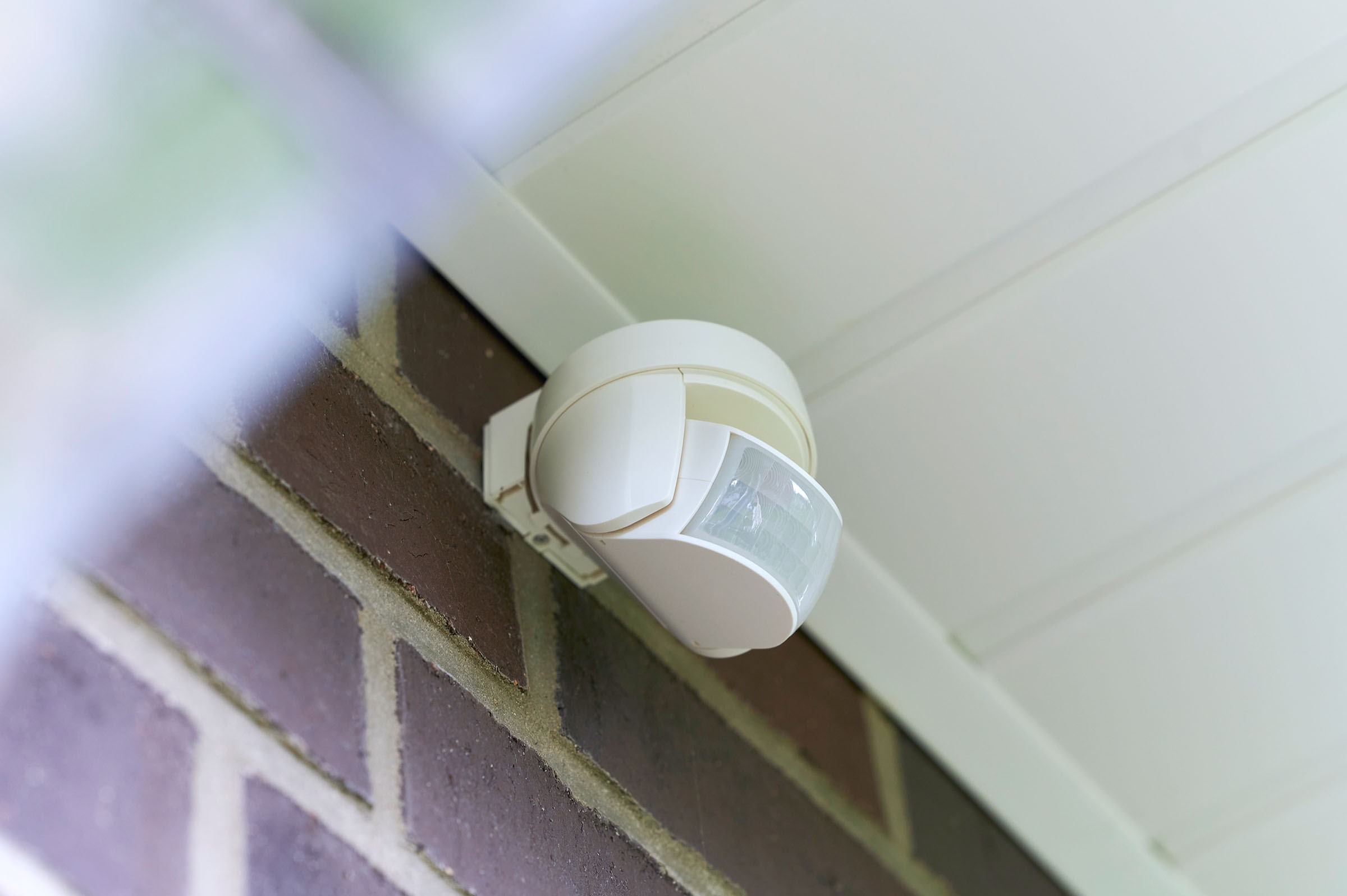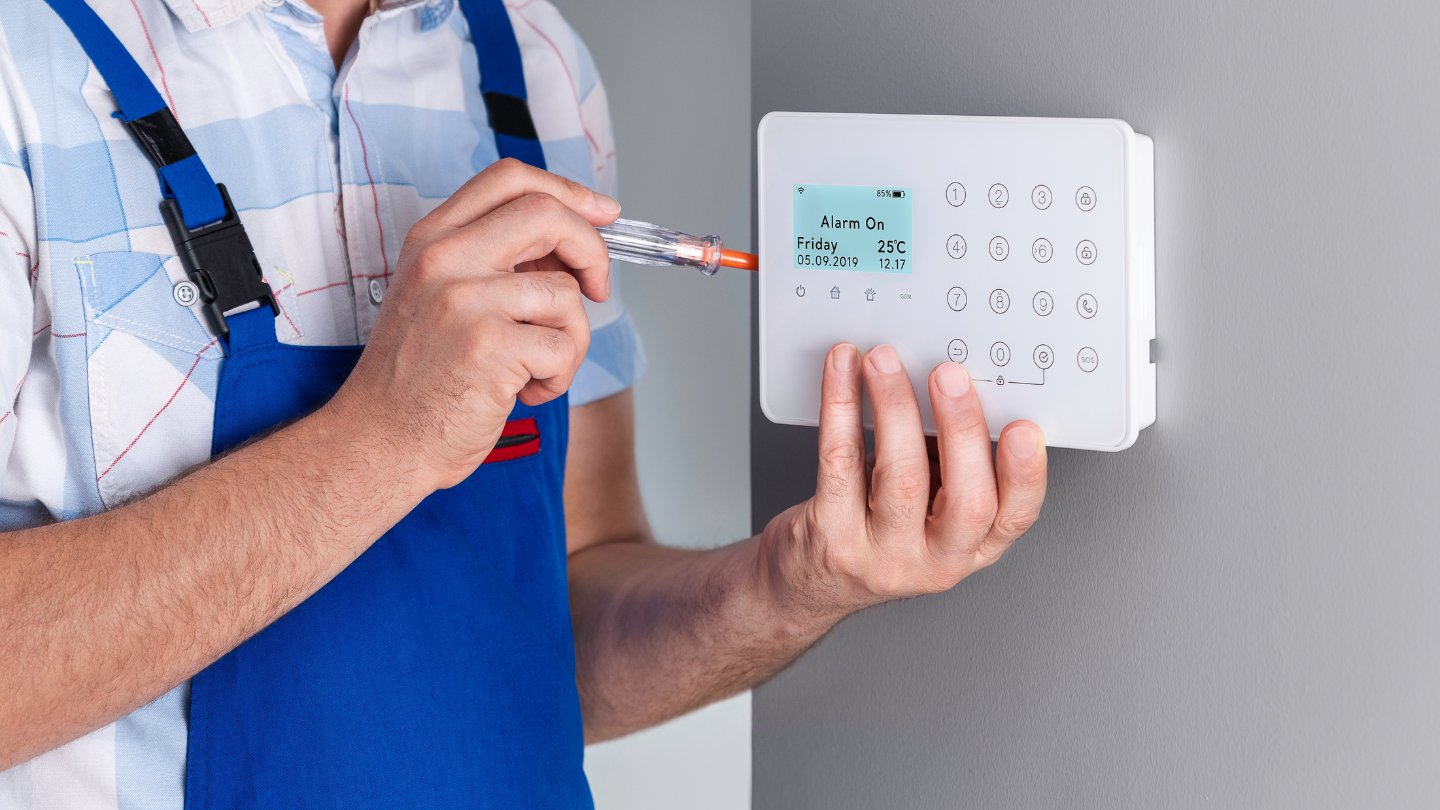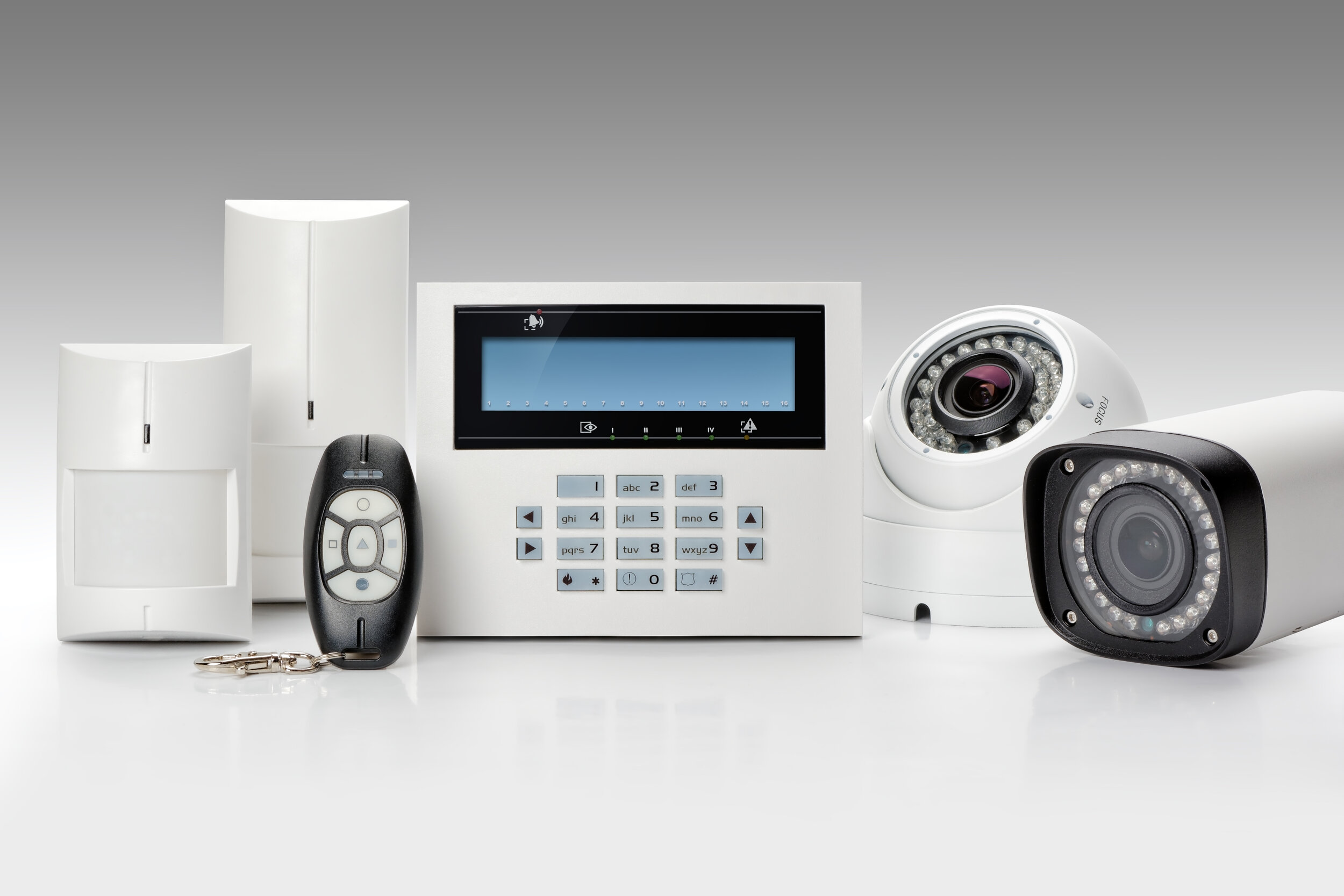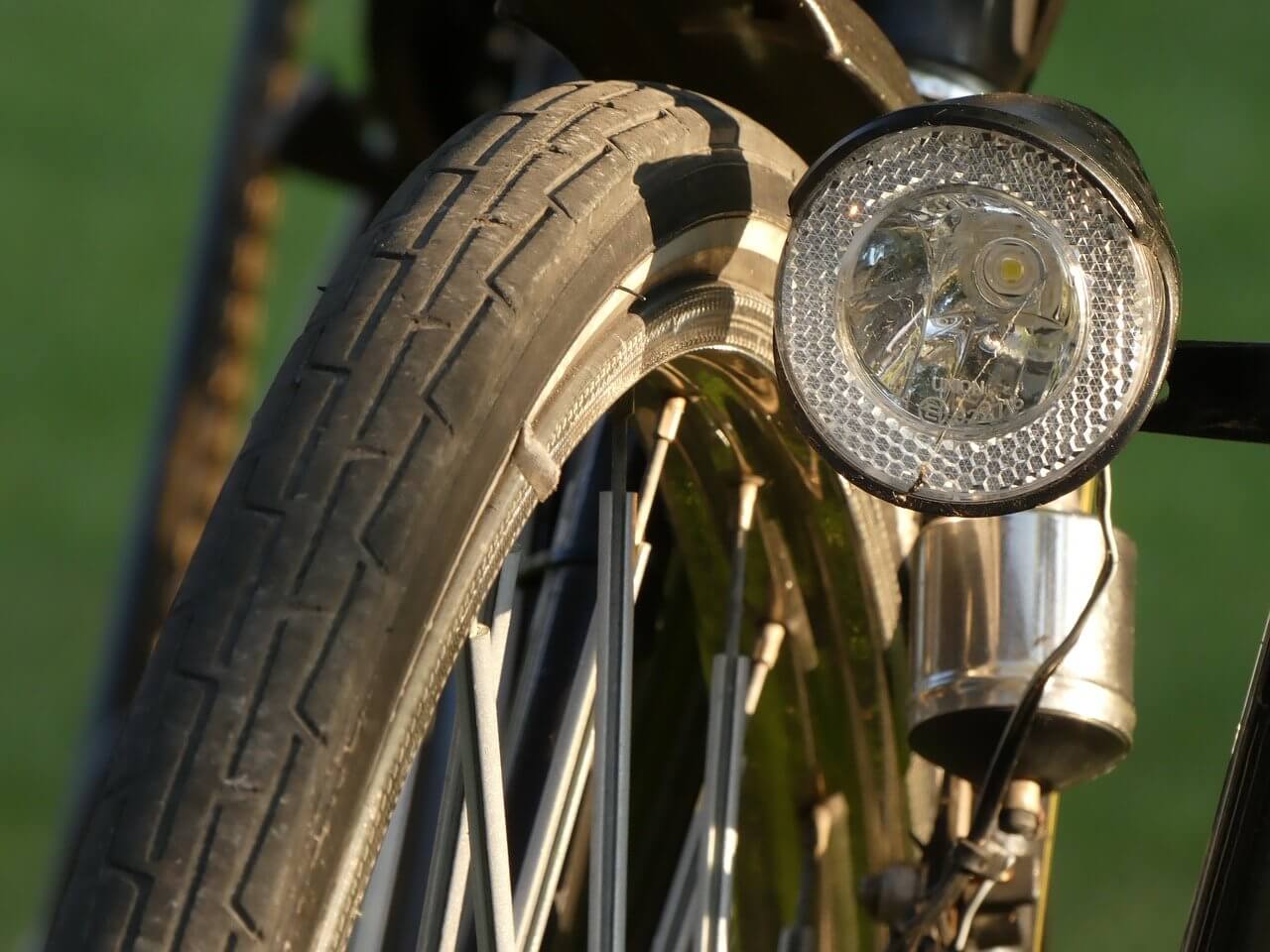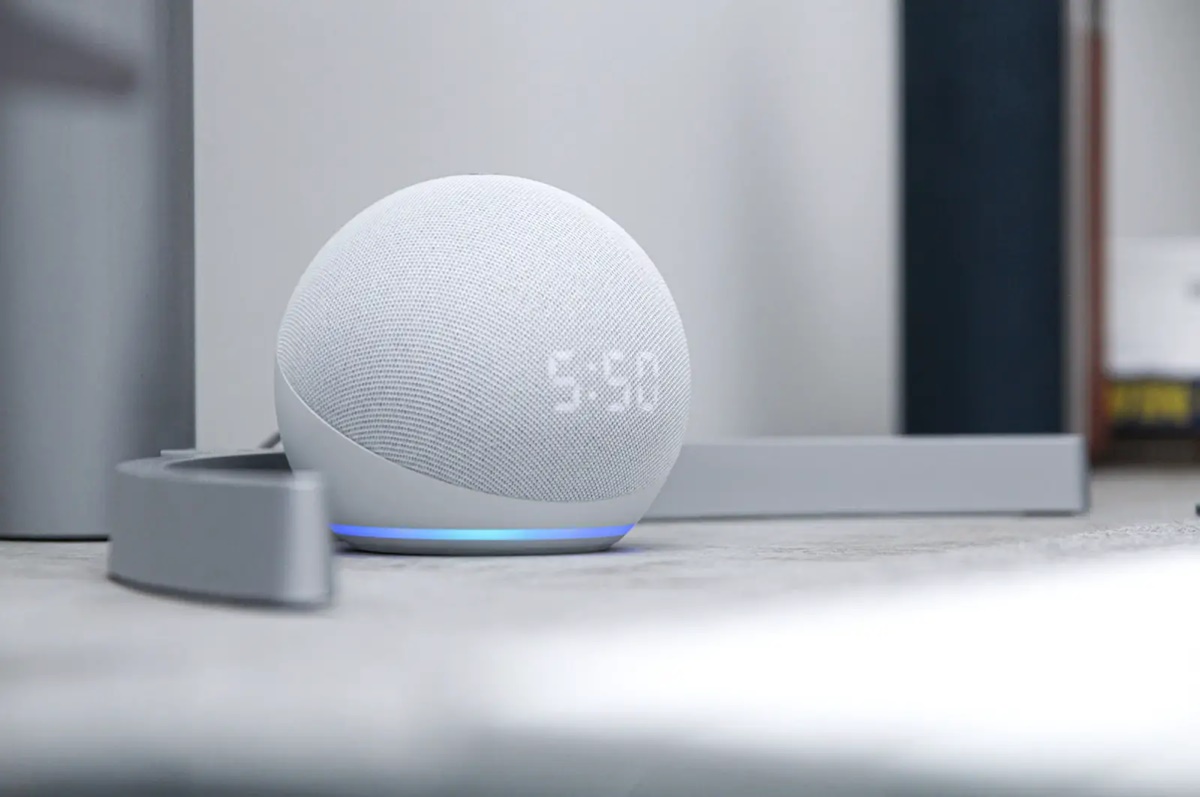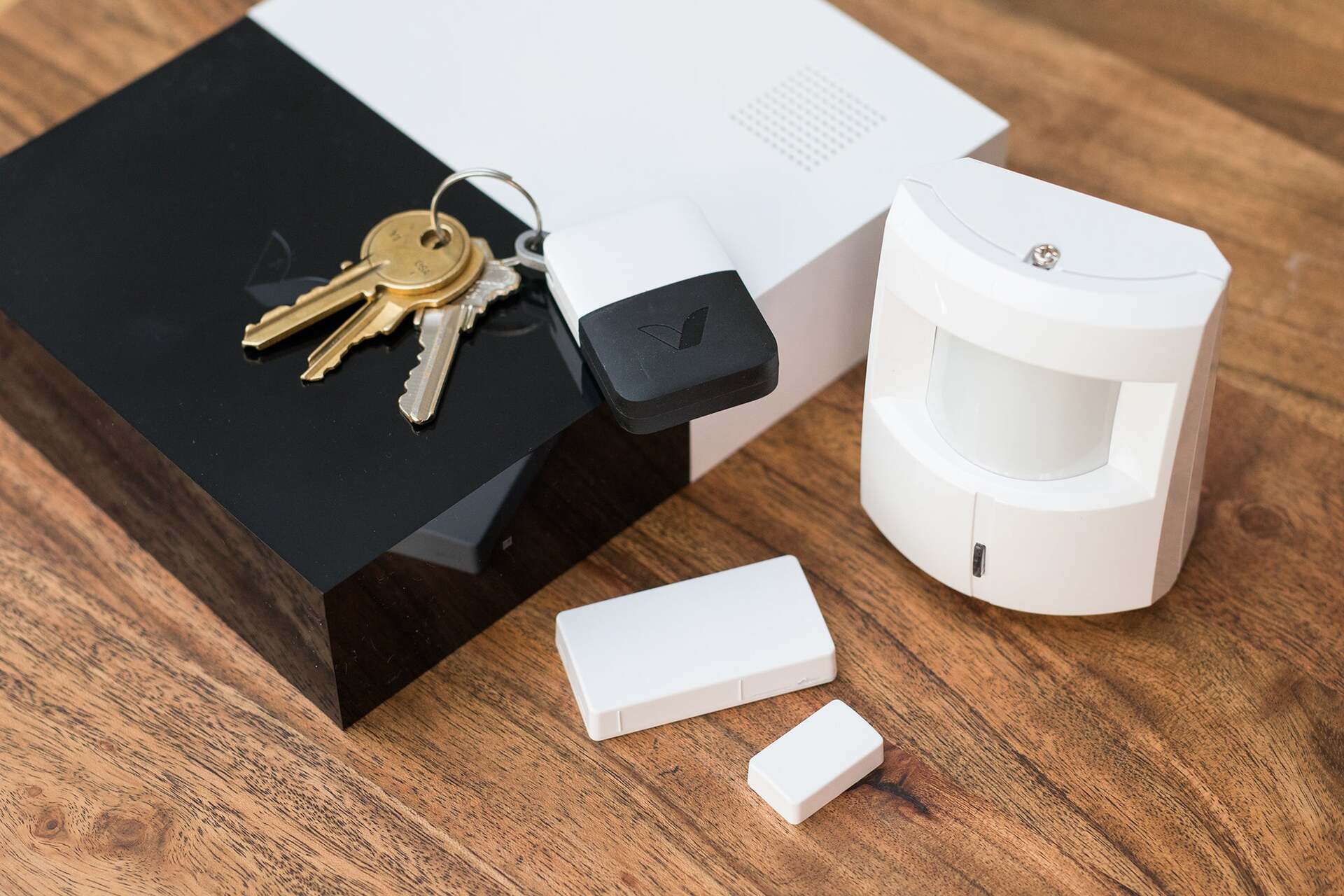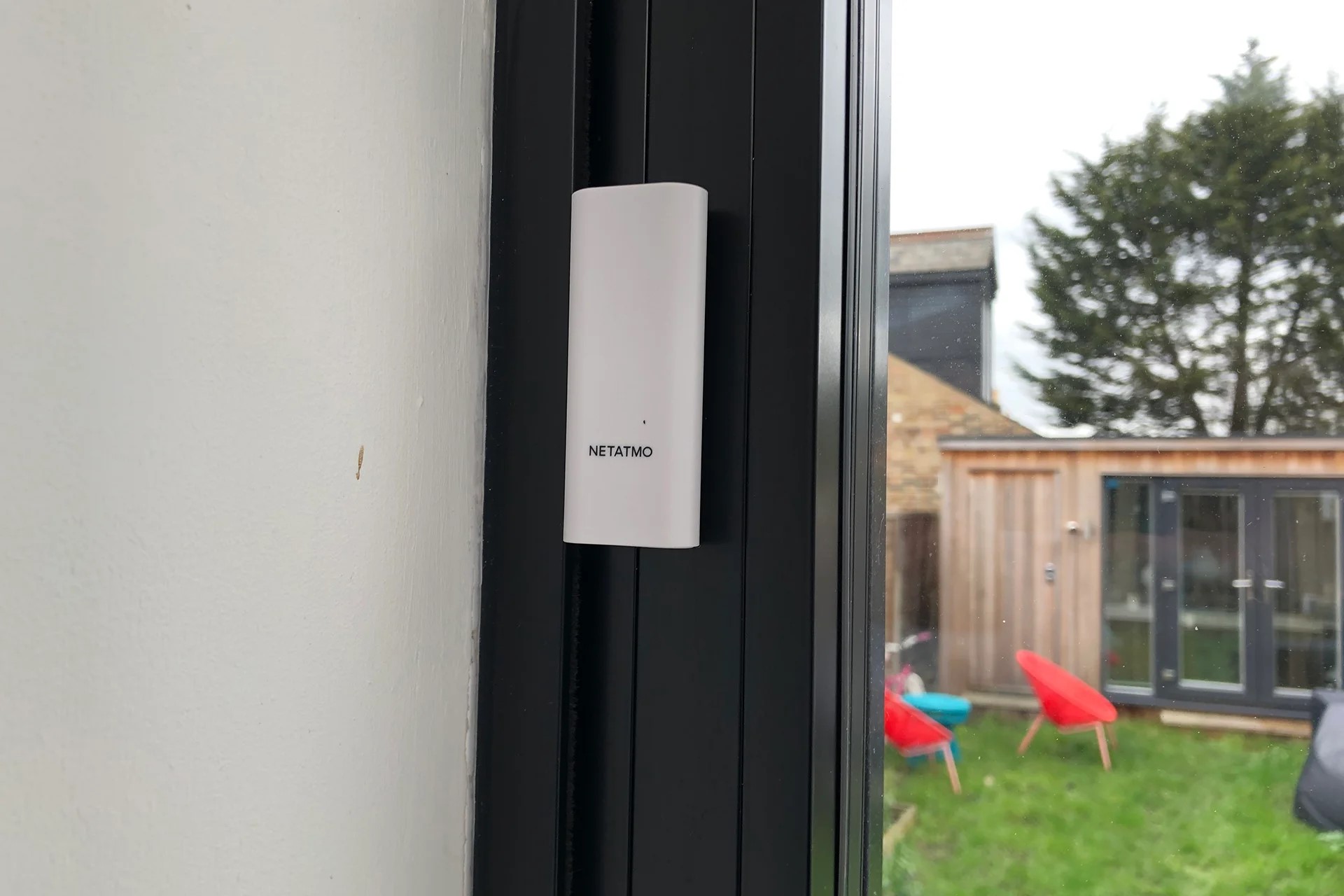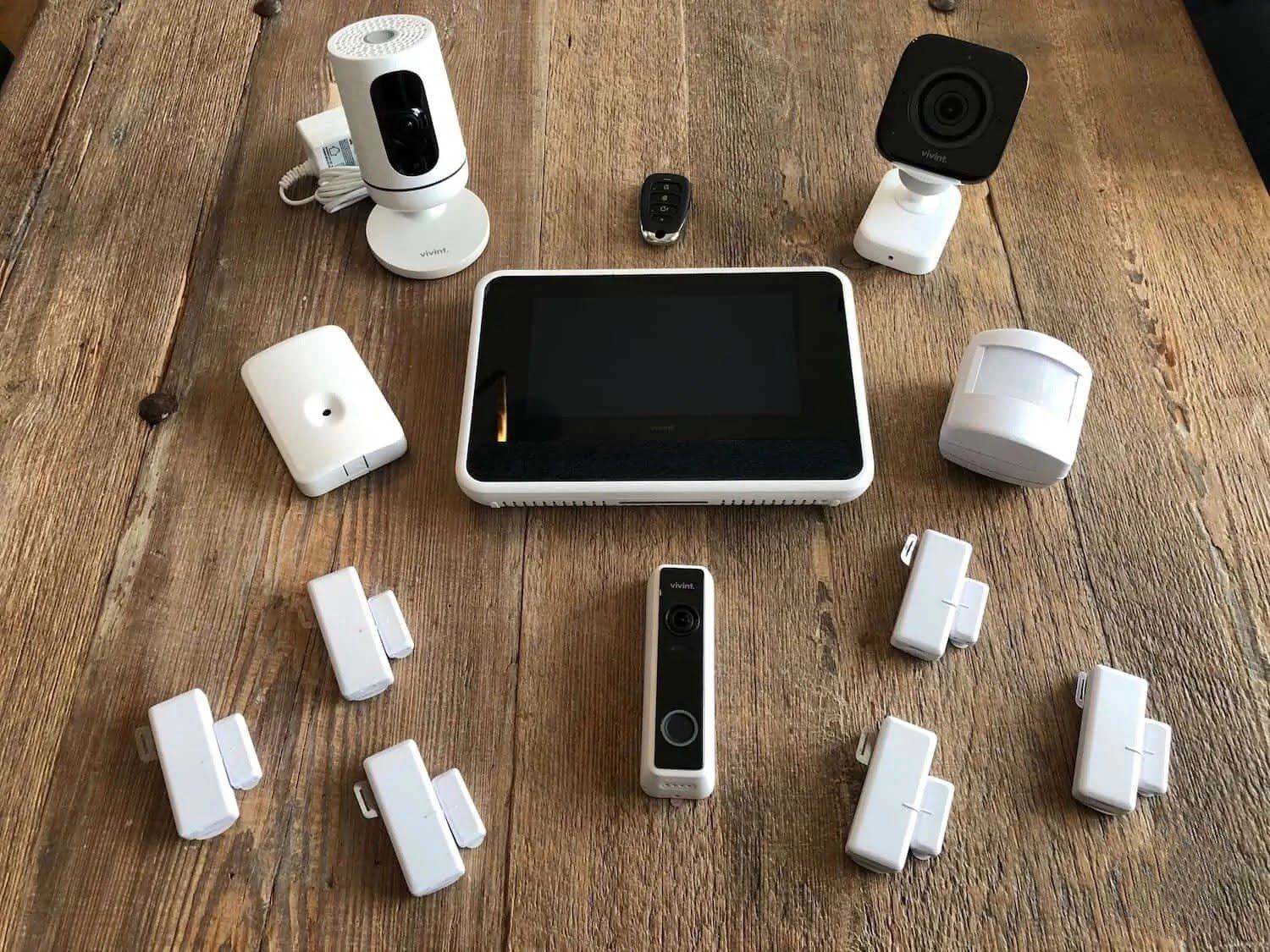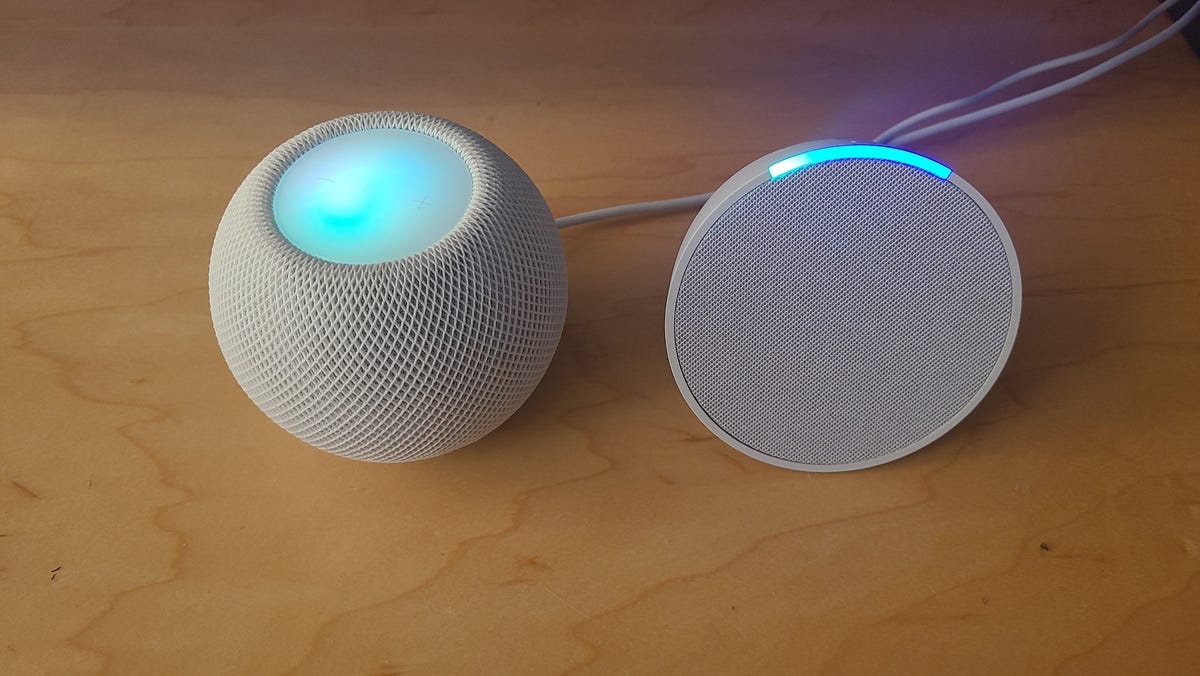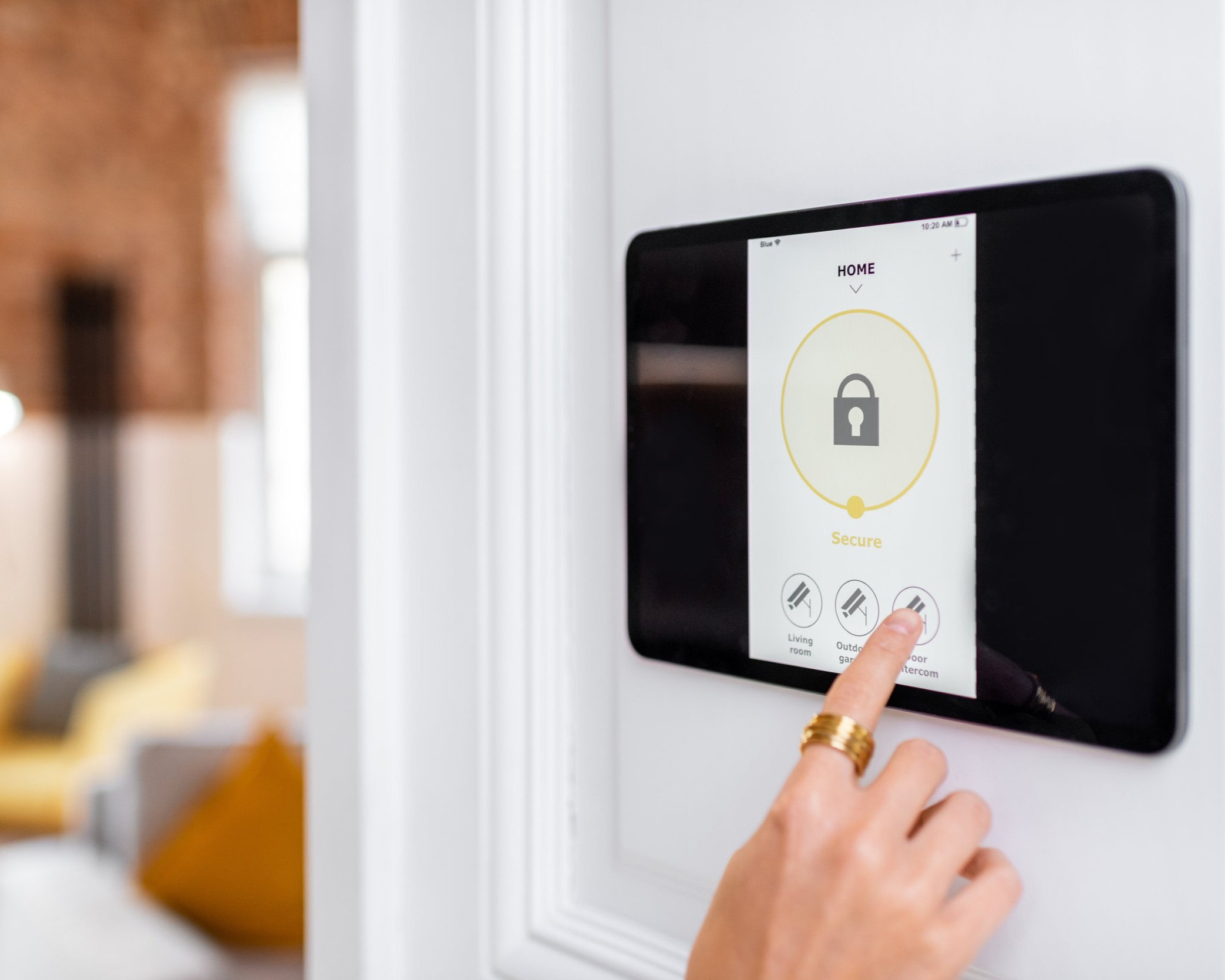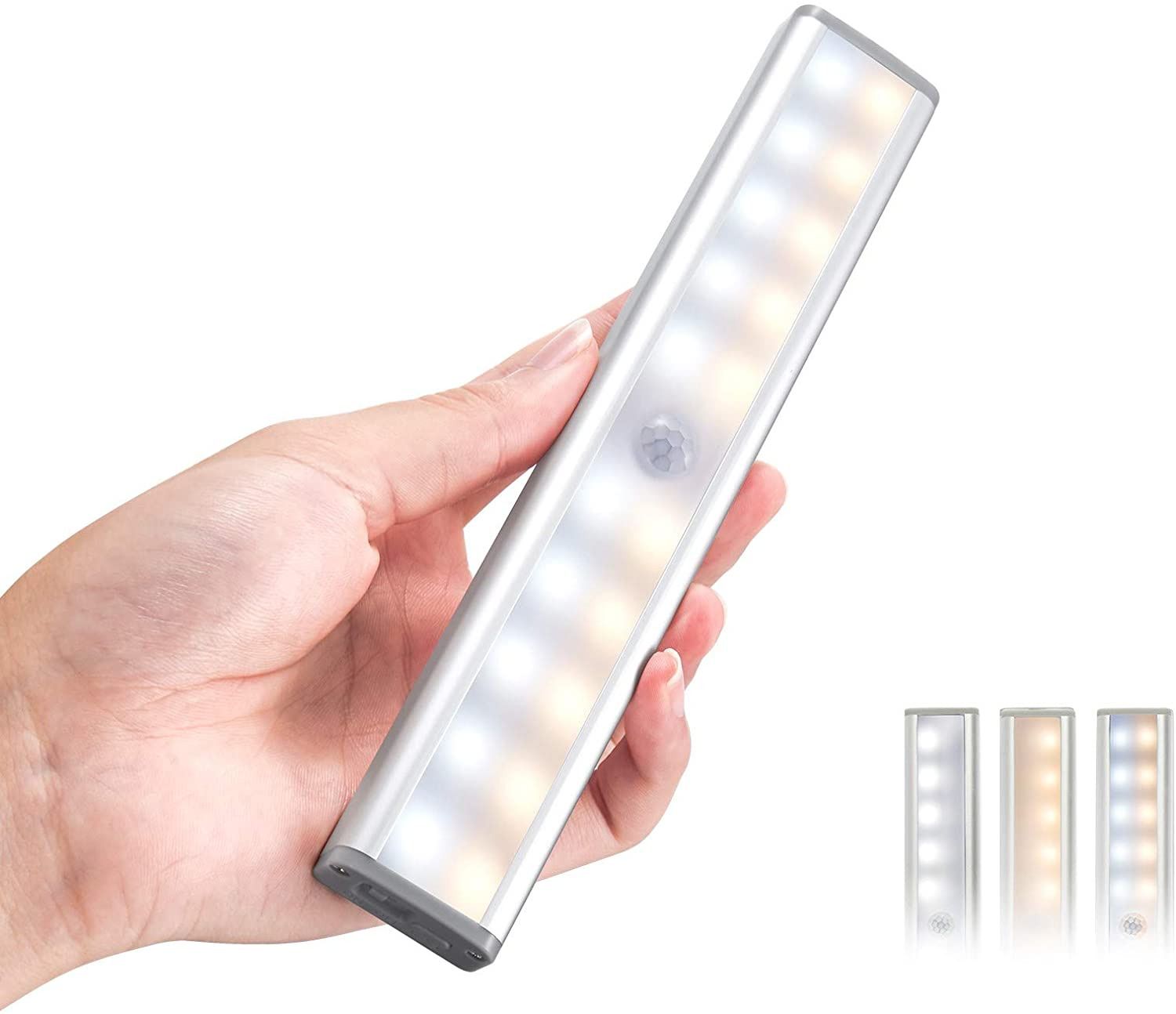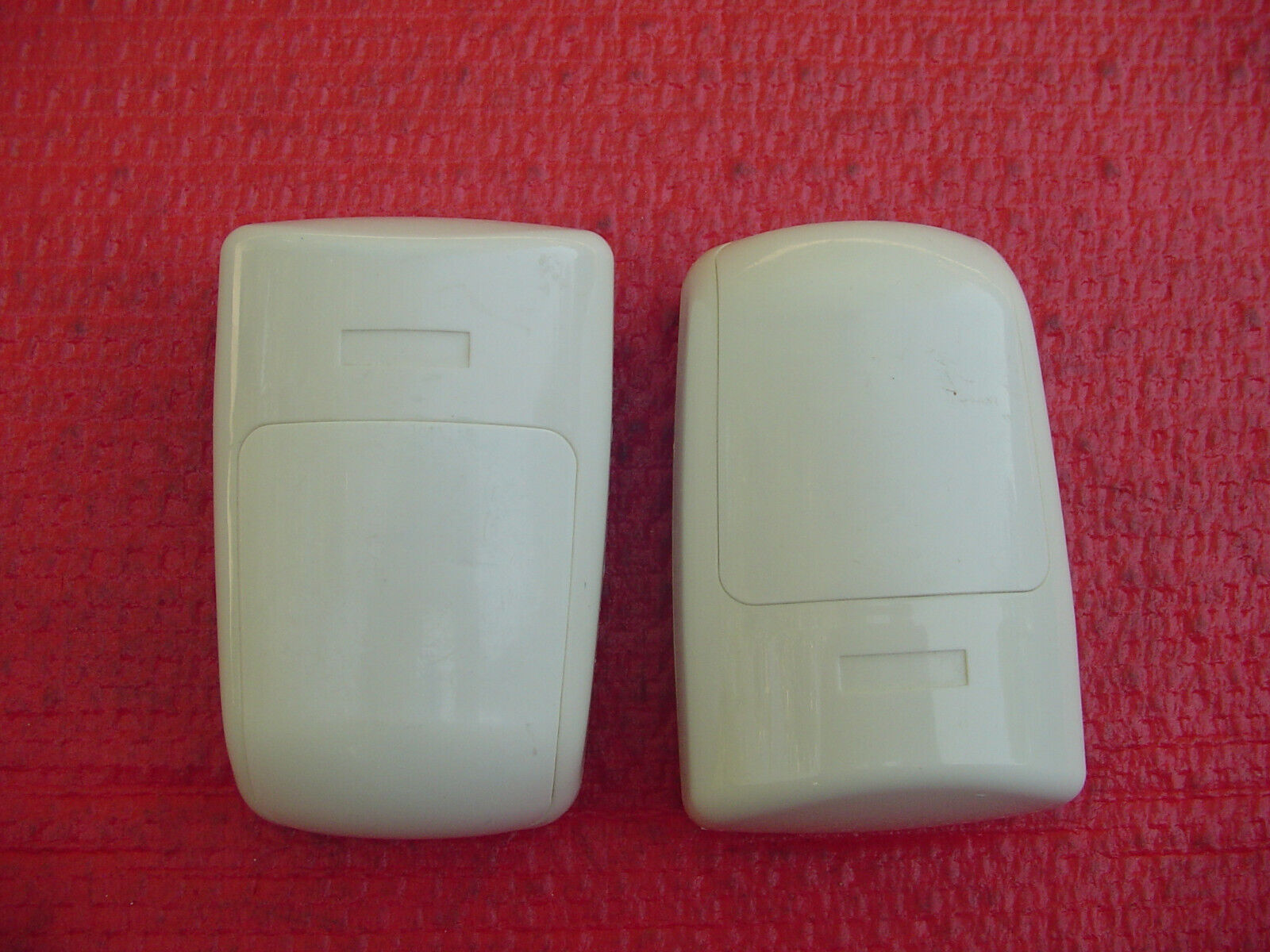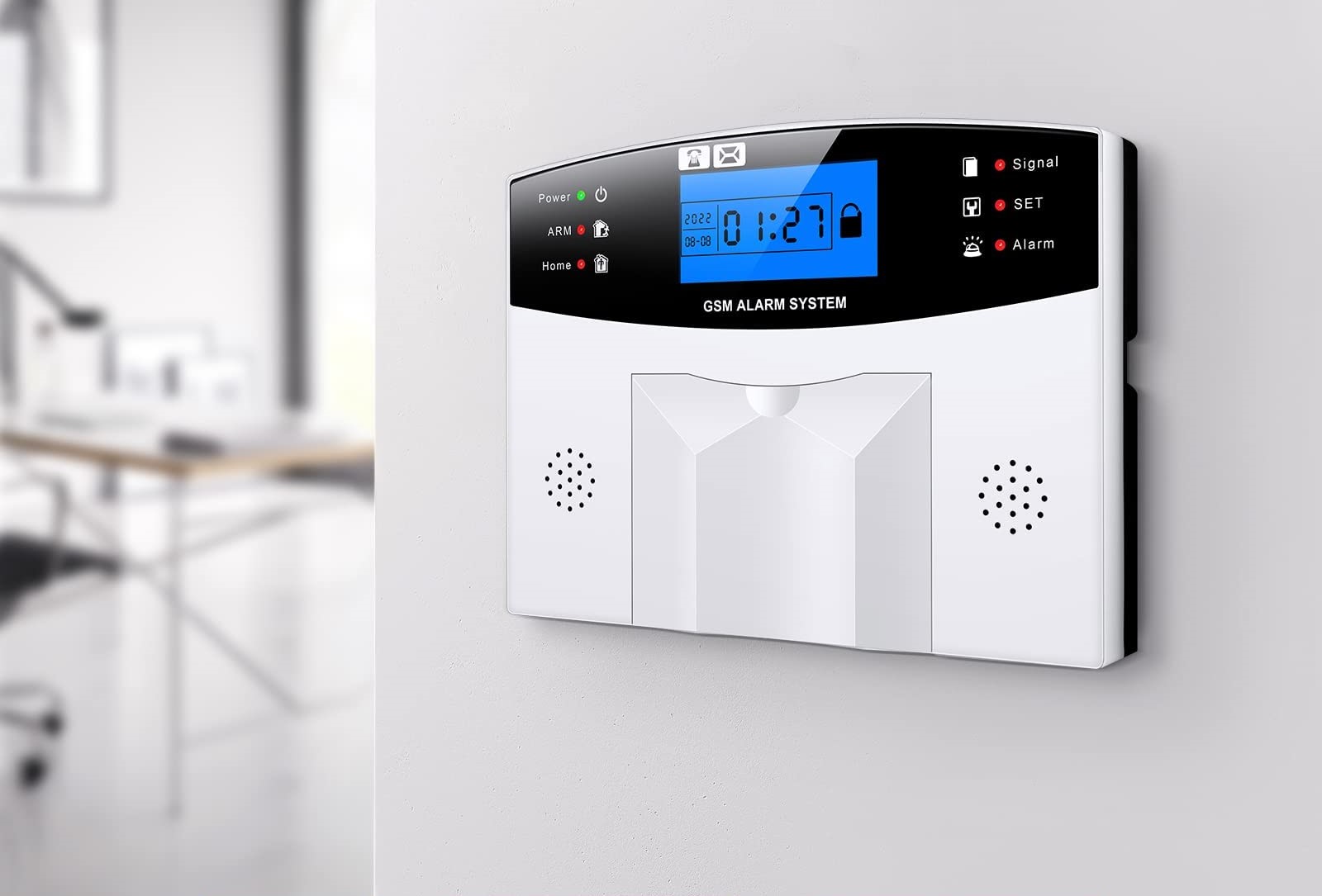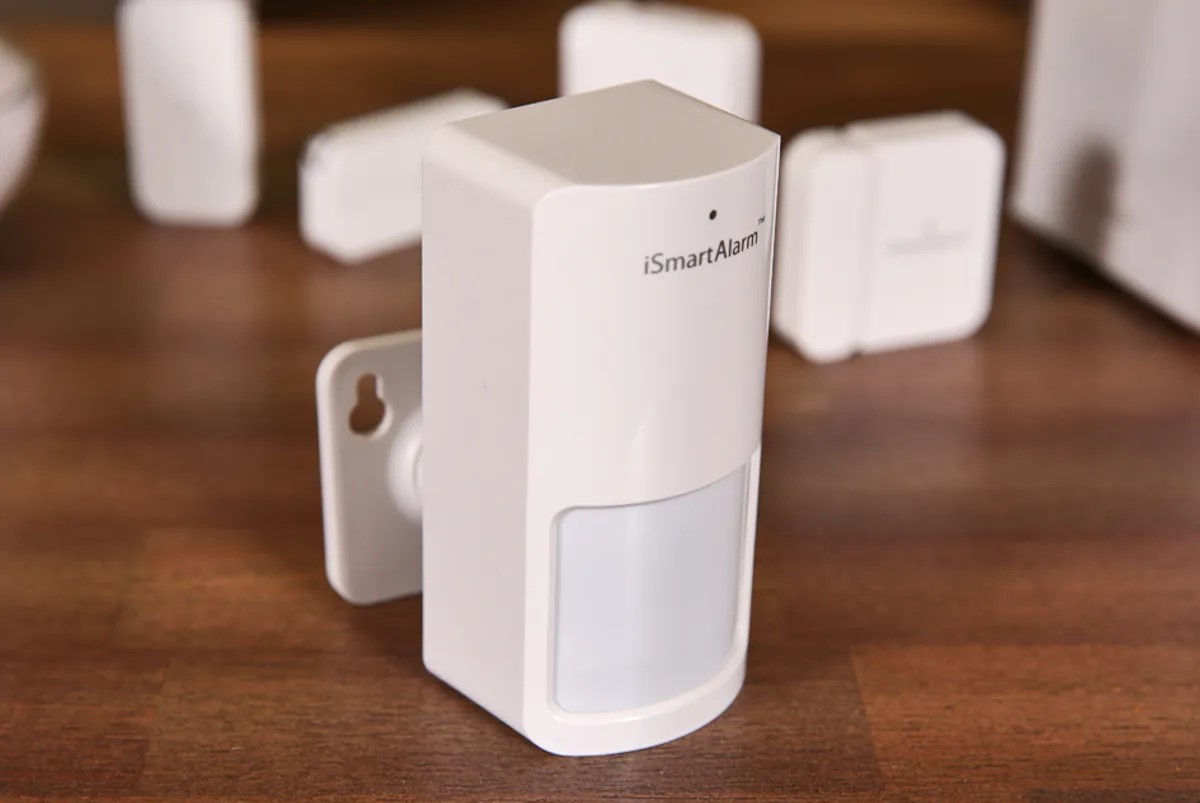Home>Home Security and Surveillance>Why Do Home Alarm Systems Only Come With One Motion Sensor
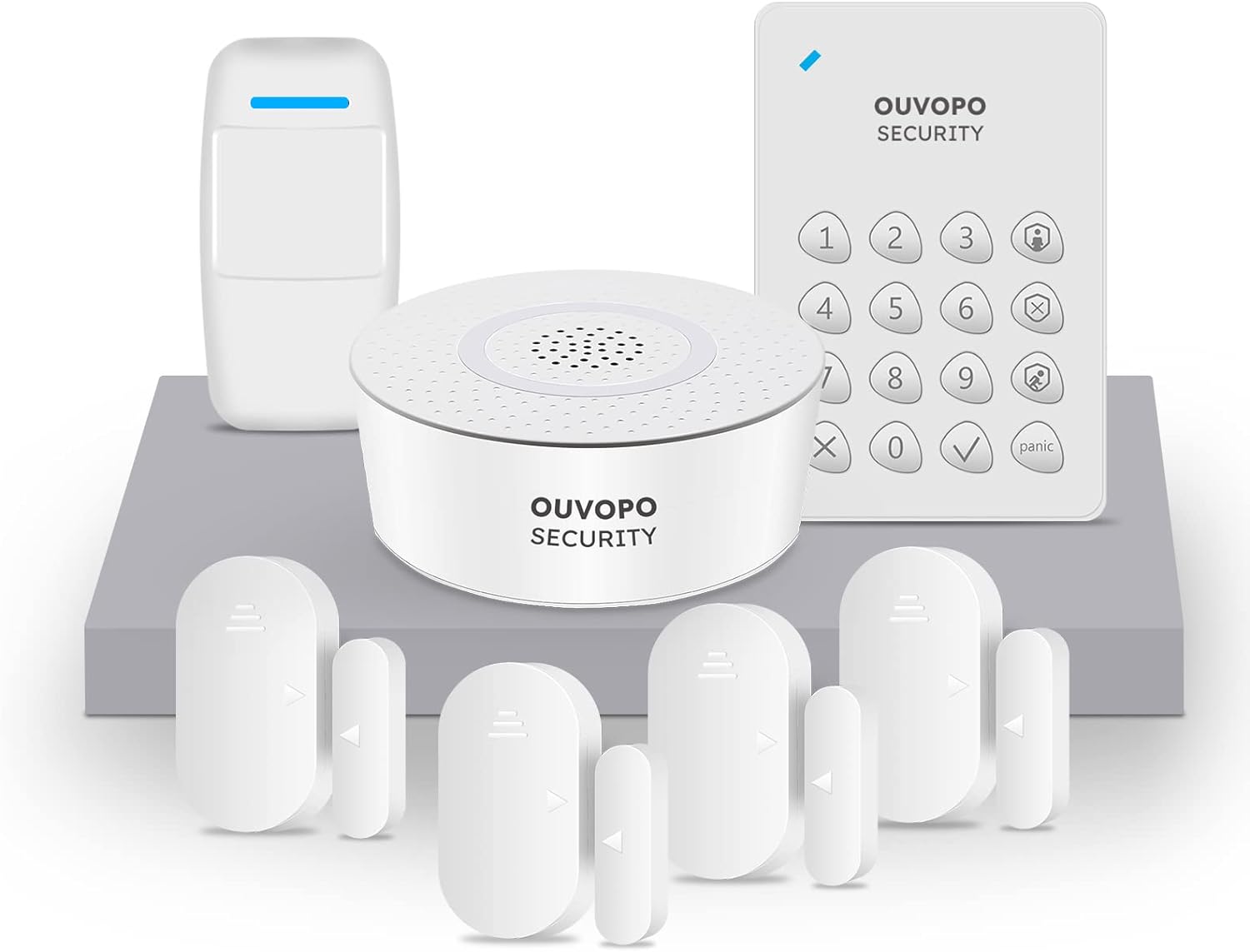

Home Security and Surveillance
Why Do Home Alarm Systems Only Come With One Motion Sensor
Modified: March 6, 2024
Discover why home alarm systems typically come with just one motion sensor and how it impacts your home security and surveillance. Enhance your protection with additional sensors today!
(Many of the links in this article redirect to a specific reviewed product. Your purchase of these products through affiliate links helps to generate commission for Storables.com, at no extra cost. Learn more)
Introduction
Welcome to the world of home security and surveillance, where protecting your family and property is of paramount importance. In today’s modern age, home alarm systems have become an essential tool in deterring burglars and providing you with peace of mind. These systems are designed to detect and alert you of any unauthorized entry or suspicious activity in and around your home.
When it comes to home alarm systems, one vital component that plays a crucial role in safeguarding your home is the motion sensor. Motion sensors are designed to detect movement within a specific area and then trigger an alarm or alert to notify you of the potential threat. However, you may have noticed that most home alarm systems are equipped with only one motion sensor. This raises an important question: why do home alarm systems only come with one motion sensor?
To understand the reasons behind this design choice, let’s delve deeper into the world of home alarm systems and explore the role and significance of motion sensors in securing your home.
Key Takeaways:
- Motion sensors are crucial for home security, but having only one sensor may limit coverage and lead to false alarms. Consider upgrading to multiple sensors or integrating with other security devices for better protection.
- While cost and ease of installation influence the use of one motion sensor, there are alternative options to enhance home security. Explore options like smart home integration and motion-activated cameras for comprehensive protection.
Read more: How Do Burglar Alarm Sensors Work
Understanding Home Alarm Systems
Before we delve into the specifics of motion sensors, it’s essential to have a clear understanding of how home alarm systems work. Home alarm systems are a network of interconnected devices and sensors that work together to detect and respond to potential dangers or security breaches in your home.
These systems typically consist of a control panel, various sensors, and an alarm. The control panel acts as the central hub, receiving signals from the sensors and communicating with the monitoring center or directly with your smartphone. The sensors, including door and window sensors, glass break sensors, and motion sensors, detect any unauthorized entry or suspicious activity. When triggered, the alarm system will emit a loud sound, alerting you and potentially scaring off intruders.
Now, let’s focus on the role of motion sensors in home alarm systems.
The Importance of Motion Sensors in Home Security
Motion sensors are a critical component of any comprehensive home security system. They provide an additional layer of protection by detecting movement within a designated area. When strategically placed, motion sensors can cover a large area, ensuring comprehensive coverage of your home.
One of the primary benefits of motion sensors is their ability to detect suspicious activity even before an intruder has entered your home. By monitoring changes in infrared energy or using other detection methods, these sensors can pick up on movements such as someone walking through a room or attempting to gain access to your property.
With motion sensors in place, you can receive real-time alerts on your smartphone or through the alarm system’s control panel. This allows you to take immediate action, such as contacting the authorities or remotely monitoring the situation. Moreover, the loud alarm triggered by the system can act as a deterrent, making intruders think twice before attempting to breach your home.
Motion sensors not only provide security against burglaries but can also be beneficial in other situations. For instance, they can be used to detect smoke or fire, especially when integrated with a smart home system. In such cases, the sensor will detect the movement of smoke particles and trigger the alarm, alerting you and potentially saving lives.
By incorporating motion sensors into your home security system, you gain peace of mind knowing that you have an added layer of protection against potential threats. However, the effectiveness of motion sensors heavily relies on their proper placement, sensitivity settings, and their integration with other security devices.
Limitations of Home Alarm Systems with One Motion Sensor
While motion sensors are undoubtedly a valuable asset in home security systems, it is important to acknowledge the limitations of home alarm systems equipped with only one motion sensor.
1. Limited Coverage: Having just one motion sensor limits the coverage area of your home security system. Depending on the layout of your home, a single sensor may not be sufficient to detect activity in all the necessary areas. Intruders may find blind spots and exploit them to gain entry without triggering the sensor.
2. False Alarms: A single motion sensor may be prone to more false alarms. Factors such as pets, moving curtains, or even passing vehicles can trigger the sensor and generate false alerts. This not only increases the chances of you becoming desensitized to alarms but may also lead to unnecessary panic or inconvenience.
3. Lack of Redundancy: With just one motion sensor, you are reliant on its functionality. In the event of technical issues or damage to the sensor, your home security system may be compromised. Having multiple sensors increases redundancy and ensures that even if one sensor fails, others will still be operational.
4. Inability to Distinguish Intruders: A single motion sensor cannot differentiate between an intruder and a family member or guest. This can lead to false alarms or delays in responding to genuine threats, as you may need to visually verify the situation before taking action.
5. Limited Customization: Each home has its unique layout and security concerns. A single motion sensor may not offer the flexibility to tailor the security system to meet your specific needs. You may require additional sensors in high-risk areas or zones with valuable assets, which cannot be accommodated with just one sensor.
Understanding these limitations sheds light on why home alarm systems often come with only one motion sensor. Manufacturers aim to provide a basic level of security without overwhelming users with complex installations or costly equipment.
Nevertheless, there are alternative solutions to overcome these limitations and enhance the effectiveness of your home security system.
Consider adding additional motion sensors to cover more areas of your home. This can help provide better security coverage and reduce the risk of blind spots.
Factors Influencing the Use of One Motion Sensor in Home Alarm Systems
Several factors contribute to the use of one motion sensor in home alarm systems. These factors are important to consider when understanding why manufacturers typically provide a single motion sensor as part of a basic security package.
1. Cost: Cost is often a significant factor in the design and production of home security systems. Including multiple motion sensors can increase the price of the system, potentially making it less accessible for budget-conscious consumers. Manufacturers strive to strike a balance between affordability and basic functionality, which often results in the inclusion of one motion sensor.
2. Ease of Installation: Simplifying the installation process is another consideration. Including multiple motion sensors in a home security system can complicate the installation process, requiring additional wiring and positioning. Limiting the number of sensors reduces complexity and allows for easier self-installation by homeowners.
3. User Preferences and Needs: While some homeowners may prefer the added security of multiple motion sensors, others may find that a single sensor is sufficient for their needs. Factors such as the size of the property, layout, and personal preferences influence the decision-making process. Manufacturers aim to provide a basic level of protection that caters to a wide range of users.
4. False Alarm Reduction: As mentioned earlier, false alarms can be a concern when it comes to motion sensors. Including multiple sensors throughout the home may increase the likelihood of false alarms, leading to unnecessary inconvenience for the homeowner and potential costs associated with false alarm fines or service fees. By limiting the number of sensors, manufacturers aim to reduce false alarms while maintaining a balance between effectiveness and reliability.
5. Integration with Other Security Devices: Home security systems often consist of various components, such as door and window sensors, security cameras, and smart home technology. These devices work together to provide comprehensive protection. While multiple motion sensors can enhance coverage, their integration with other devices can influence the decision to include only one sensor. Manufacturers consider the overall functionality and integration of the system when determining the number of motion sensors.
It is important to note that while home alarm systems initially come with one motion sensor, many systems are expandable and allow you to add more sensors as per your specific needs and preferences.
Read more: Why Is My Motion Detector Triggering Alarms
Alternatives to Single Motion Sensor Home Alarm Systems
If you find that a single motion sensor is not sufficient for your home security needs, there are various alternatives and options to consider to enhance the effectiveness of your alarm system:
1. Multiple Motion Sensors: Upgrading your home security system to include multiple motion sensors is a straightforward solution. By strategically placing sensors in different areas of your home, you can ensure comprehensive coverage and reduce blind spots. This provides a higher level of security by detecting movement throughout your property.
2. Combination of Motion Sensors and Other Sensors: Incorporating different types of sensors into your home security system can provide a more robust and reliable detection mechanism. For example, combining motion sensors with door/window sensors, glass break sensors, or even infrared beams can offer layered protection, reducing false alarms and increasing the likelihood of detecting and deterring intruders.
3. Smart Home Integration: Integrating your home security system with smart home technology can enhance its functionality and effectiveness. Smart home devices such as security cameras, smart door locks, and smart lighting can work in sync with motion sensors to provide a comprehensive security solution. For instance, when a motion sensor detects activity, it can trigger security cameras to start recording, or turn on the lights to deter intruders.
4. Motion-Activated Security Cameras: Instead of relying solely on motion sensors, you can consider installing motion-activated security cameras. These cameras can serve dual purposes by detecting motion and capturing high-quality video footage. By combining motion sensors with security cameras, you not only receive alerts but also have visual evidence of any potential security breaches.
5. Professional Monitoring Services: Subscribing to professional monitoring services can provide an added layer of security. With this option, your alarm system is monitored by a team of professionals who can respond to alarms and alerts on your behalf. This ensures that any potential threats or emergencies are swiftly addressed, even if you’re unable to respond immediately.
Ultimately, the alternative options for enhancing your home security system depend on your specific needs, budget, and desired level of protection. Consulting with a home security professional can help you determine the best combination of sensors, technologies, and monitoring services for your unique requirements.
Conclusion
When it comes to protecting your home and loved ones, a comprehensive home alarm system is essential. While many home alarm systems come with only one motion sensor, it is important to understand the reasons behind this design choice.
Motion sensors play a crucial role in detecting movement and alerting you to potential threats. They are a valuable asset in any home security system, providing an added layer of protection and peace of mind.
However, it is important to acknowledge the limitations of home alarm systems with only one motion sensor. These systems may have limited coverage, increased false alarm potential, and lack the redundancy and customization options that multiple sensors provide.
Factors such as cost, ease of installation, user preferences, and the need to reduce false alarms influence the decision to include only one motion sensor in basic home security packages. Nevertheless, there are alternative options available to enhance the effectiveness of your home security system.
Consider upgrading to multiple motion sensors, incorporating other sensors into your system, integrating with smart home technology, or installing motion-activated security cameras. These alternatives provide more comprehensive coverage, reduce false alarms, and offer additional features to bolster your home security.
Ultimately, the choice of whether to stick with a single motion sensor or explore alternative options depends on your specific needs, budget, and desired level of protection. Consulting with a home security professional can help you make an informed decision and tailor a system that meets your requirements.
Remember, ensuring the safety and security of your home is a top priority, and investing in a reliable and robust home alarm system is a step towards achieving that peace of mind.
Frequently Asked Questions about Why Do Home Alarm Systems Only Come With One Motion Sensor
Was this page helpful?
At Storables.com, we guarantee accurate and reliable information. Our content, validated by Expert Board Contributors, is crafted following stringent Editorial Policies. We're committed to providing you with well-researched, expert-backed insights for all your informational needs.
